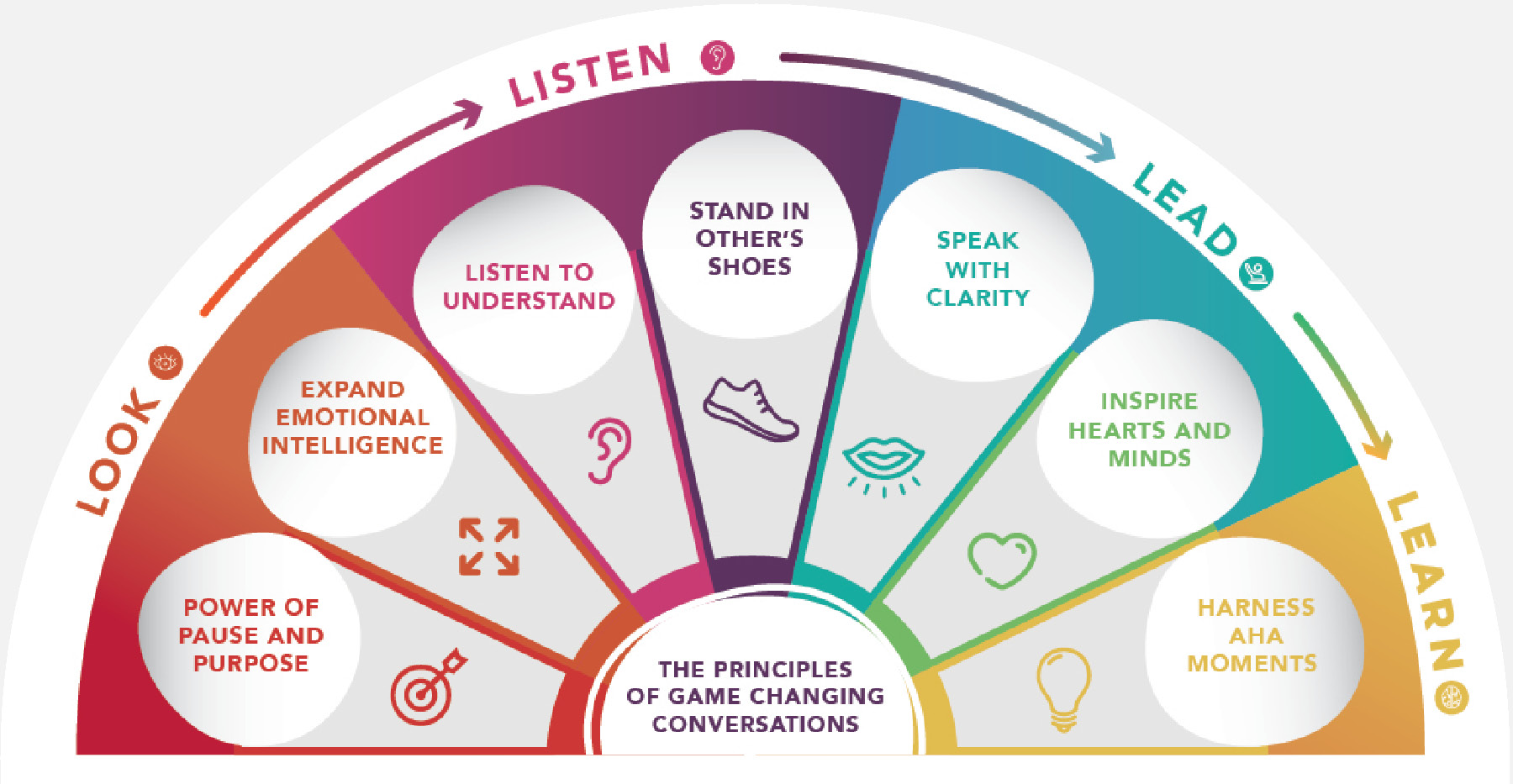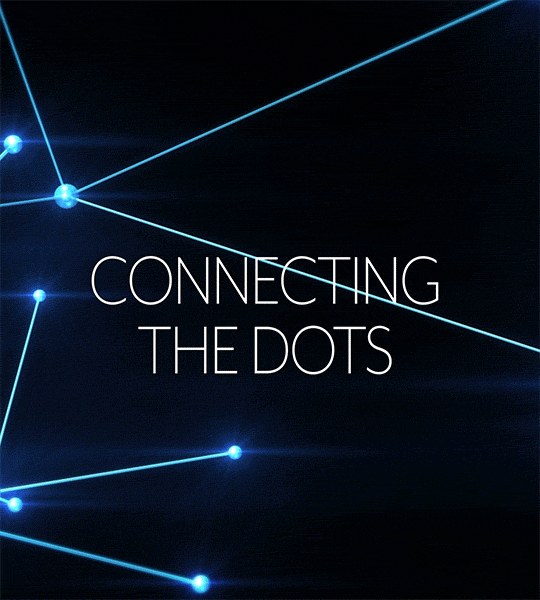Language
You can read the magazine in one of the following languages
With continued disruption and constant change one thing is for certain – different people will react differently. It’s a leader’s responsibility to bring out the best in all team members, equally, and understandably leaders can start to feel stuck, stressed and doubt their approach. They may feel frustrated by the lack of cohesion and engagement within their teams and agonize over how to motivate those who think and behave differently to them.
Staggeringly, only 20 per cent of employees say they are engaged at work according to the Gallup State of the Global Workplace 2021 Report. Imagine the talent, hidden superpowers and potential that are not being harnessed.
What’s missing is human connection. What’s needed is human leadership.
When leaders are curious, respect differences and tune into the hearts and minds of others, they can change the world. As a leadership coach and parent of a young adult with a disability, my passion is to inspire people to understand themselves and others better so we unleash the innate talent of every single individual at work, in our families and communities.
Organizations who commit to embracing the wide kaleidoscope of humans are building diverse teams with leaders skilled in motivating and inspiring those who are different to themselves. They remain connected to their vision and each other despite their differences and the challenges.
Take the quiz.
How are you connecting to your vision, to each other and to the best of yourselves? Take the Human Leadership Connection Quiz to better understand how well your team connects and discover some solutions to engaging and enriching everyone.
Score yourself one point for each question with which you agree:
1–4 points
We respect your honesty! It looks like you’ve got some work to do.
Having a true sense of the current reality of connection/disconnection is a healthy starting point. At this level you might be experiencing low trust and engagement, hidden agendas and poor communication. In the tips section below, focus your attention on the first L – LOOK.
5–8 points
Seems like things are OK, but you can definitely improve.
You’re on your way to creating and nurturing high-performing and closely connected teams, but there are a few areas that need fine-tuning. Having a common language and tools to use throughout your organization will accelerate your journey. In the tips section below, focus your attention on the second L – LISTEN.
9–10 points
Your team is highly aligned and displays very strong levels of trust and connectedness.
Your opportunity here is to cascade this even wider: across teams, throughout your organization and into your community. Continually learning and improving is vital. In the tips section below, focus your attention on the third and fourth Ls – LEAD and LEARN.
When we communicate and connect at our best, we naturally follow the sequence of the four Ls of human leadership: LOOK, LISTEN, LEAD and LEARN.
Think of the important relationships in your life. You are likely, maybe unconsciously, following this pattern, especially when you want to connect and inspire change for good.

Leaders and teams who have mastered the art of human connection have game-changing conversations every day. They are authentic and empathetic, embrace difference, stay calm and confident, communicate with clarity and harness change for a new and better future.
This is your ability to be present and use high emotional intelligence.
This is your ability to fully connect.
This is your ability to inspire hearts and minds and influence change.
This is your ability to embed new behaviors.
Cultivating human connection at work is no longer a soft skill; it’s a hard necessity. Dedicate energy to connecting and you’ll create an environment where all your diverse team members feel seen, heard and valued. You’ll have game-changing conversations and, ultimately, generate higher engagement, innovation and collaboration.

“Vulnerability creates connections”
“Being a catalyst for positive change is part of Audible’s DNA – it’s what our People Principles of Activate Caring seek to articulate. It guides the work we do, how we respect and celebrate the glories of the human spectrum and encourages us all to show up authentically. In our How We Connect workshops with Human Leadership, we use their resilience model The Funnel. This framework provides us with a common language to talk openly about our individual emotional states and triggers. Being able to identify, name and discuss this with colleagues has empowered our team to engage with empathy and navigate these unprecedented times. There’s a vulnerability in this, but as we know, vulnerability also creates connections.”
Leanne Cartwright-Bradford, Head of Operations, APAC, Audible
“Trust is at the heart of all that we do”
“These are tumultuous times, with many challenges, and so it is more important than ever that we connect and lead. We started working with the leadership team as I needed them to understand that they were responsible for creating an environment where each and every person could bring their authentic self to work each day, regardless of cultural or personal differences. Human Leadership has helped us on our journey to create an environment where trust is at the heart of all that we do and we are producing leaders who listen, provide feedback and inspire, while building deeper connections with each other and with our shared purpose.”
Simone Anderson, Vice President and General Manager Oceania, Lamb Weston
